Introduction
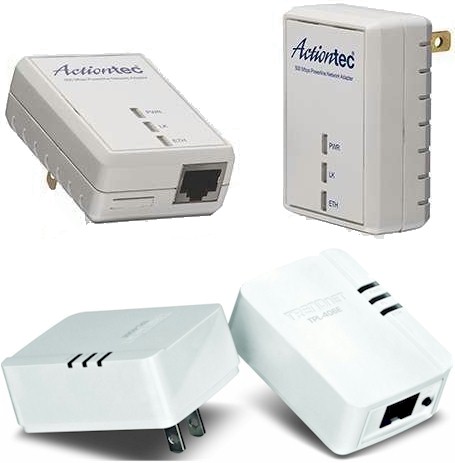
| At a Glance | |
|---|---|
| Product | – Actiontec 500 Mbps Powerline Network Adapter Kit (PWR500) – TRENDnet 500 Mbps Compact Powerline AV Adapter Kit (TPL-406E2K) |
| Summary | 500 Mbps powerline adapters based on new Qualcomm Atheros chipset |
| Pros | • Throughput exceeds other 500 Mbps adapters as distances increase • Very budget friendly |
| Cons | • 10/100 Ethernet port • Can’t reach> 100 Mbps total throughput that adapters with Gigabit Ethernet can • Not available as single adapters |
You might be looking at the cons and wondering how an adapter can be classified as 500 Mbps when it has a only 10/100 Mbps Ethernet port. If you’re confused, you’re not alone. It appears that powerline marketeers are taking the same approach as their wireless brethren and promoting link-rate throughput numbers far in excess of what products actually deliver in real-world use.
Claiming that a product is “500 Mbps” when it has only a 100 Mbps Ethernet port is like N wireless gear claiming 300 Mbps when they have 10/100 ports or the new draft 802.11ac gear claiming 1300 Mbps while having only Gigabit ports.
But I digress. We know from looking at the performance charts for powerline adapters that actual throughput is nowhere near the advertised throughput anyway. So let’s take a closer look at these new adapters and then see how they compare to some of their 500 Mbps competitors.
I first checked the HomePlug Certified Products database for both products and found neither was listed. But on Actiontec’s datasheet, I saw the adapter listed as HomePlug certified, so decided to clarify the status with Actiontec. I was told the chipset in the adapter is Homeplug certified, but the adapter itself is still going though the process of certification and they expect it to be certified soon. So Actiontec has gotten ahead of itself on claiming that its adapter is HomePlug Certified.
Unlike other 500 Mbps powerline adapters, and more like the 200 Mbps powerline adapters, the Ethernet ports on both products are 10/100, not Gigabit. The 10/100 port is a design tradeoff Qualcomm Atheros (QCA) made to get everything into the AR7420 chip as you can see in Figure 1 below.
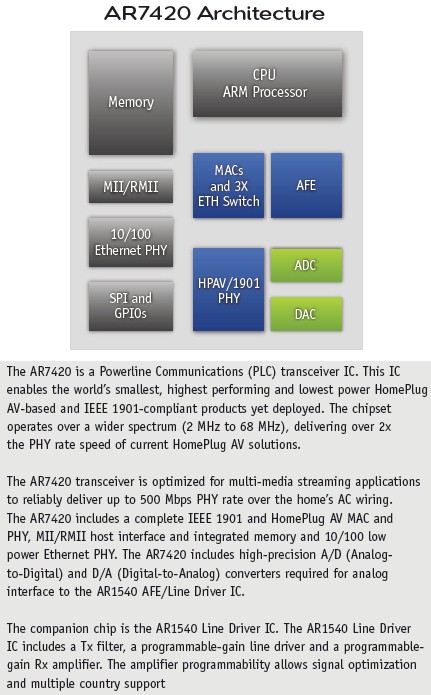
Figure 1: Qualcomm Atheros 7420 specs
You can see that the integrated 10/100 controller helps reduce the footprint of the adapters. One adapter from the Actiontec PWR500 and TRENDnet TPL-406E2K kits are shown on the left next to the NETGEAR XAVB5101 that replaces the older XAVB5001.
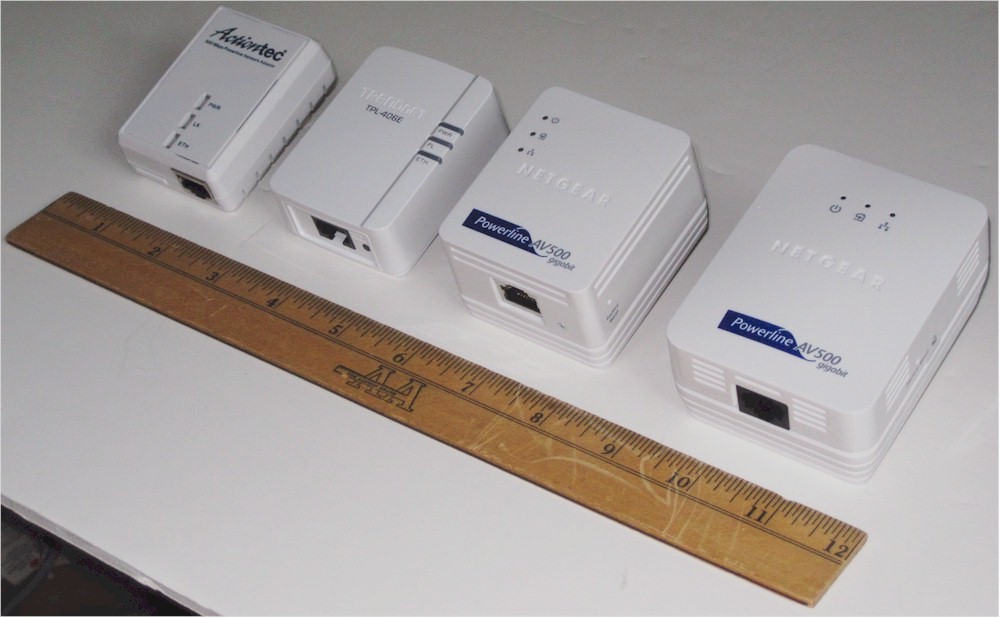
Figure 2: Adapter comparison size, left to right, Actiontec PWR500, TRENDnet TPL-406E2K, NETGEAR XAVB5101, NETGEAR XAVB5001
As far as LEDs go, on the TRENDnet we have Power, Powerline Connection and Ethernet. Powerline Connection provides a four state indication of Best (Green), Better (Amber), Good (Red), or No Connection (Off). On the Actiontec we have Power, Link, and Ethernet. Link only appears to give a solid green when connected, regardless of connection quality. This can be seen in Figure 2 below.

Figure 3: Actiontec documentation on LK light
Inside
The AR7420 specs above provide an indication of what we are going to see inside. Obviously we see the Atheros AR7420-AL3C chip in both adapters. Within that chip are the memory, a three-port capable Ethernet switch, and all the other goodies. The little companion chip you see in each picture above the AR7420 is the AR1540 Line Driver IC, which handles analog interface duties.
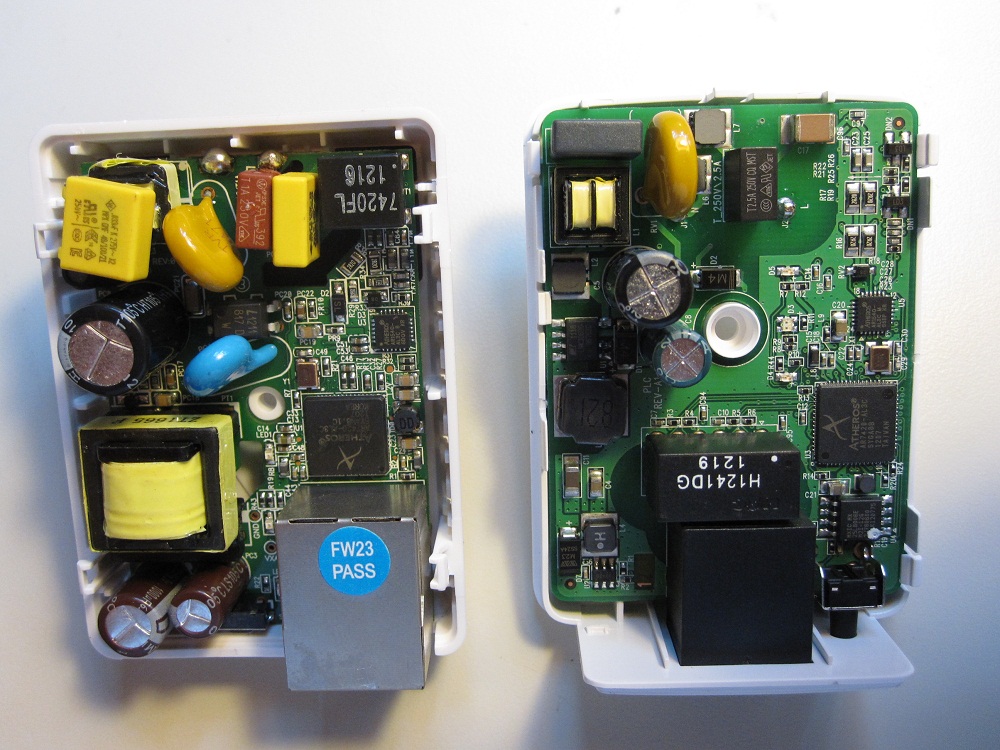
Figure 4: Inside shot – Actiontec left, TRENDnet right
Admin
Like all HomePlug AV devices, the PWR500 and TPL-406E2K ship with 128 bit AES encryption enabled, using the same default key so you can just plug and play. They also both have buttons that can be used to set a different security code. Setting the code works like setting up a Wi-Fi WPS connection. You press the button on one device until a LED starts blinking. You then have two minutes to press the button on a second adapter to complete the setting.
You can also usually change the security code using a utility program. Actiontec doesn’t include one, but TRENDnet includes the same Windows-based utility it provides on its other 200 Mbps and 500 Mbps HomePlug adapters.
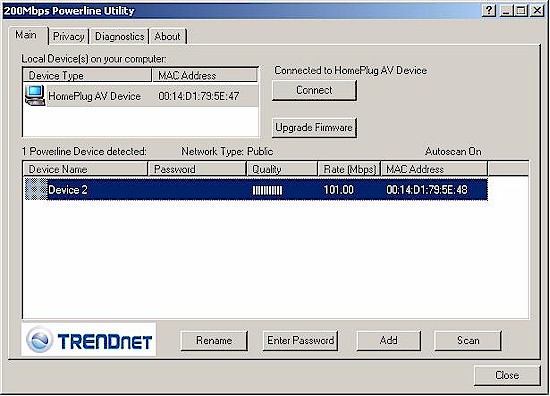
Figure 5: TRENDnet powerline utility
Performance
We tested all the adapters at three locations in the SNB home using the standard powerline procedure. Figure 6 shows average uplink throughput for all three test locations and Figure 7 shows downlink. The performance charts have been filtered to show only 500 Mbps adapters.
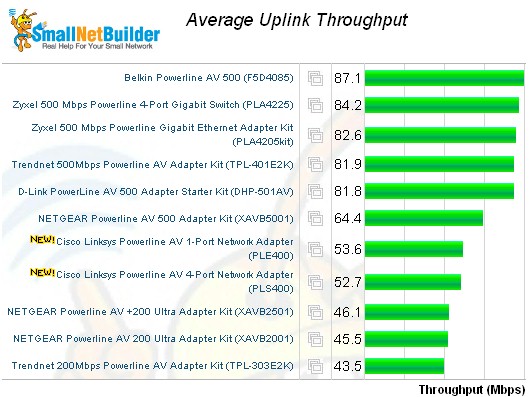
Figure 6: Average uplink throughput
When looking at average throughput (which includes all locations), both adapters have numbers lower in uplink compared to other 500 Mbps adapters. Part of this could probably be blamed on their 10/100 Ethernet port vs the Gigabit ports of the others, although all results (excluding the NETGEAR XAVB5101) are well within the limits of a half duplex 10/100 connection.
Throughput numbers seem a little closer in downlink, with the two adapters actually besting the now-discontinued NETGEAR XAVB5001.
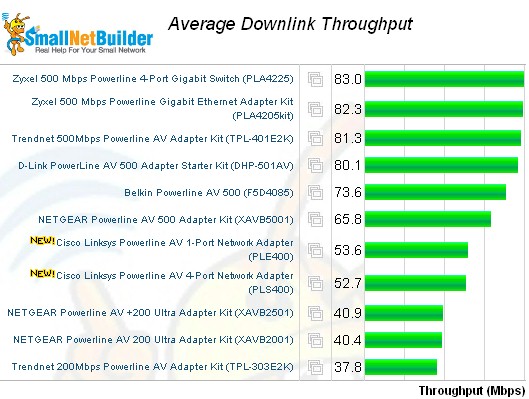
Figure 7: Average downlink throughput
The four-stream test is where the two new 500 Mbps adapters really have lower numbers, however. Figure 8 below shows how they compare to the other 500 Mbps adapters running two sets of simultaneous up/downlink tests in Location A (same outlet). Remember that a 100 Mbps port has 200 Mbps of total throughput in Full Duplex mode.
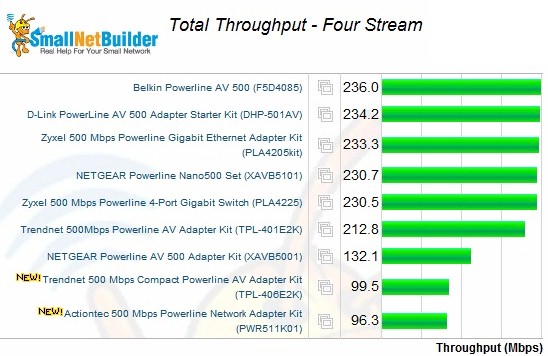
Figure 8: Four stream simultaneous througput in the same room
The results look worse than they probably are in real-world use, because they are taken with both adapters plugged into the same outlet—hardly what would happen in actual use. But what do results look like when the adapters get some distance between them?
The throughput vs. location plots in Figures 9 and 10, which include the TRENDnet TPL-401E2K and the NETGEAR XAVB5101 for comparison, show that as the adapters move apart, throughput differences decrease dramatically.
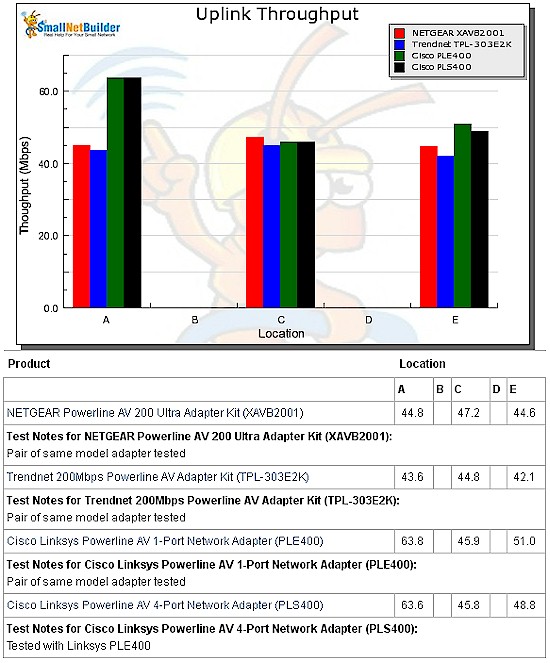
Figure 9: Uplink throughput vs. location
Location C uplink shows the Gigabit-ported adapter do a bit better than the Actiontec and TRENDNet adapters. But Location E downlink shows the opposite result.
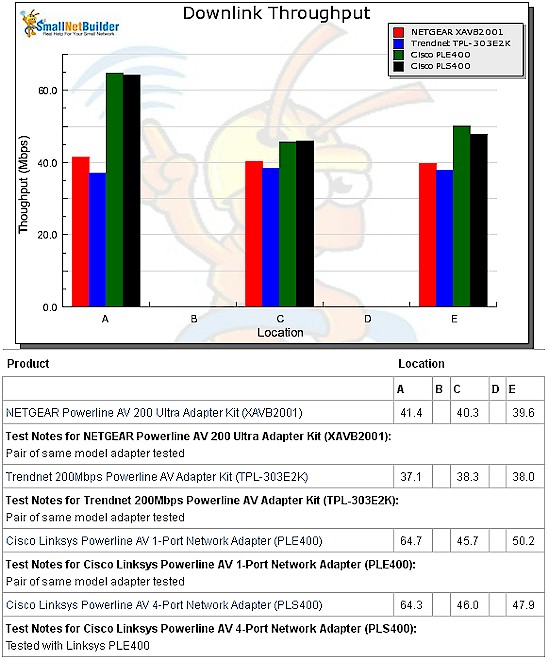
Figure 10: Downlink throughput vs. location
You can use the customizable Powerline Charts to explore further.
Closing Thoughts
If you are going to plug either of these adapters into the same outlet (or perhaps different outlets in the same room), you might not get throughput as high as you could get from 500 Mbps powerline AV adapters using Gigabit Ethernet ports. Because of the way powerline works, however, you might have to be running multiple network activities, like copying large files and streaming HD video, to get actually get the benefit of the higher throughput.
However, the tiny 10/100 Mbps-ported adapters start to shine once you get some distance between them. In many cases, you may not be able to see any appreciable difference, except in your wallet. At around $50 for the Actiontec and $71 for the TRENDnet these two diminutive adapters are the most economical powerline kits you can buy. And remember, those prices both get you two adapters.
